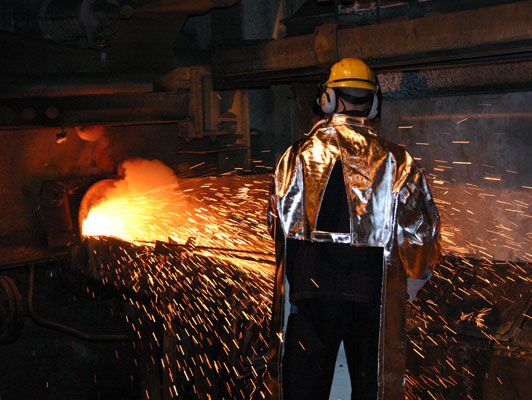Copper cathode, a high-purity copper product traditionally used in electronics and wiring, is now gaining traction in advanced battery systems—particularly thin-film lithium-ion batteries. This shift is driven by its unique properties and the growing demand for sustainable energy storage. Below, we explore its applications, advantages, and challenges.
Copper cathode boasts exceptional electrical conductivity (second only to silver) and thermal stability, making it ideal for high-efficiency battery electrodes. Its smooth surface and uniform thickness (achieved through electrolytic refining) ensure consistent performance in thin-film lithium-ion batteries.
Compared to conventional cathode materials like cobalt or nickel, copper is abundant and cheaper. This aligns with the industry’s push to reduce reliance on scarce, expensive metals.
In thin-film batteries, copper cathode serves as a conductive substrate to host lithium ions. Its ductility allows ultra-thin layering (as low as 10µm), enabling compact, flexible designs for wearables and IoT devices.

Research shows copper-based cathodes exhibit slower capacity degradation. For example, a 2024 study demonstrated a 15% improvement in cycle life compared to aluminum-based counterparts.
| Property | Copper Cathode | Traditional Cathodes (e.g., Cobalt) |
|---|---|---|
| Cost | ~$8,000/ton | ~$50,000/ton (cobalt) |
| Conductivity | 59.6×10⁶ S/m | 17.2×10⁶ S/m (nickel) |
| Sustainability | 100% recyclable | Limited recycling infrastructure |
This combination of affordability and performance positions copper as a viable alternative for next-gen batteries.
Copper is prone to oxidation in humid environments, which can impair battery efficiency. Solutions like graphene coating are being tested to enhance durability.
While copper is abundant, the battery industry’s rapid growth could strain supplies. Analysts predict a 30% demand surge by 2030, necessitating expanded mining and recycling efforts.
Europe’s battery sector, grappling with high costs and technological gaps, is increasingly partnering with Chinese firms—mirroring China’s earlier collaboration with European automakers to build EV expertise. Such alliances could accelerate copper cathode adoption globally.
DIY Potential: Hobbyists are experimenting with recycled copper cathodes for homemade battery projects.
Sustainability Debates: Threads discuss balancing copper mining’s environmental impact against its green-tech benefits.
Market Predictions: Users speculate on startups leveraging copper cathodes to disrupt the $150B battery market.
Copper cathode’s blend of conductivity, cost-effectiveness, and recyclability makes it a compelling candidate for revolutionizing energy storage. While challenges like oxidation and supply chain scalability persist, ongoing research and cross-border collaborations—akin to Europe’s strategic shifts—could unlock its full potential.
